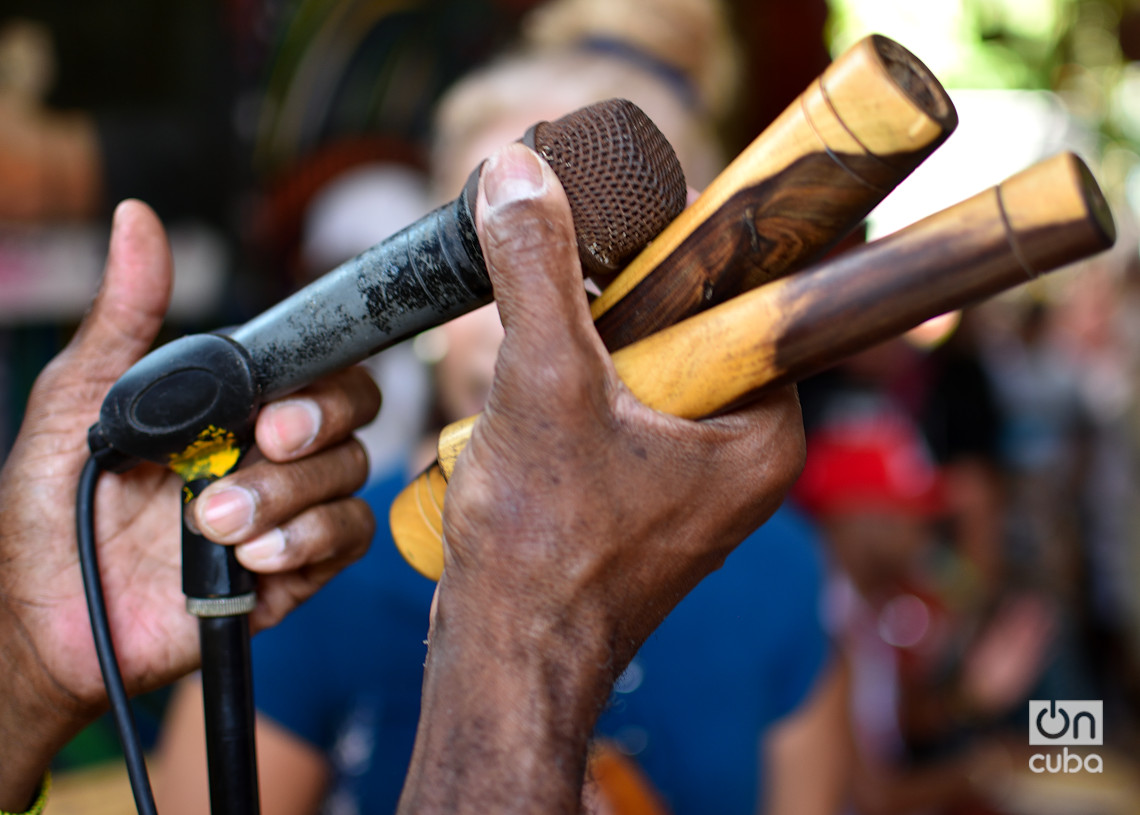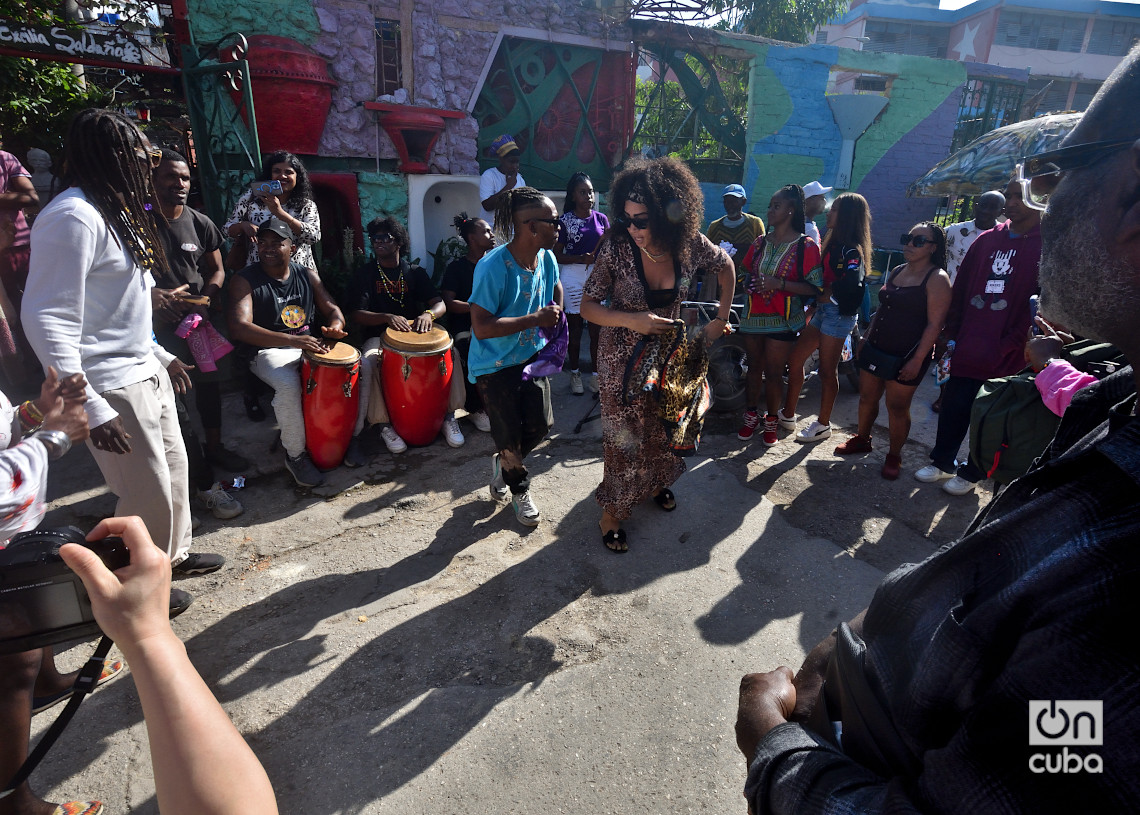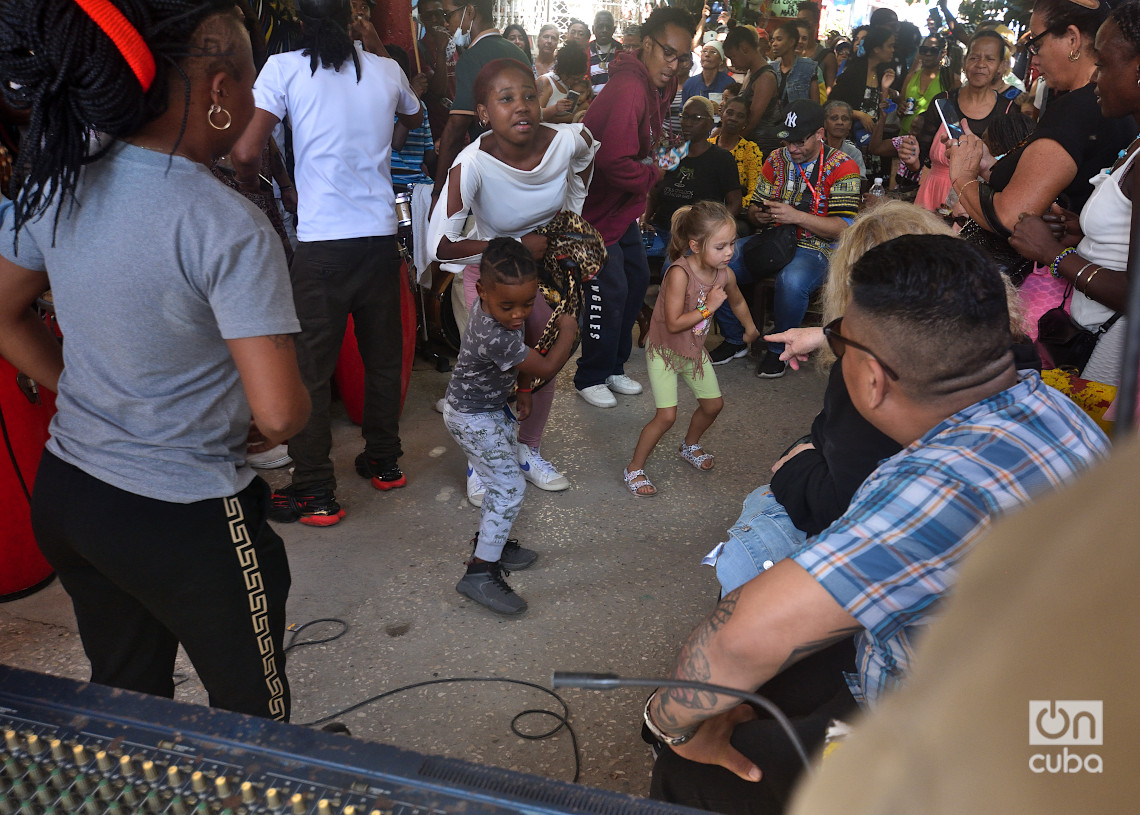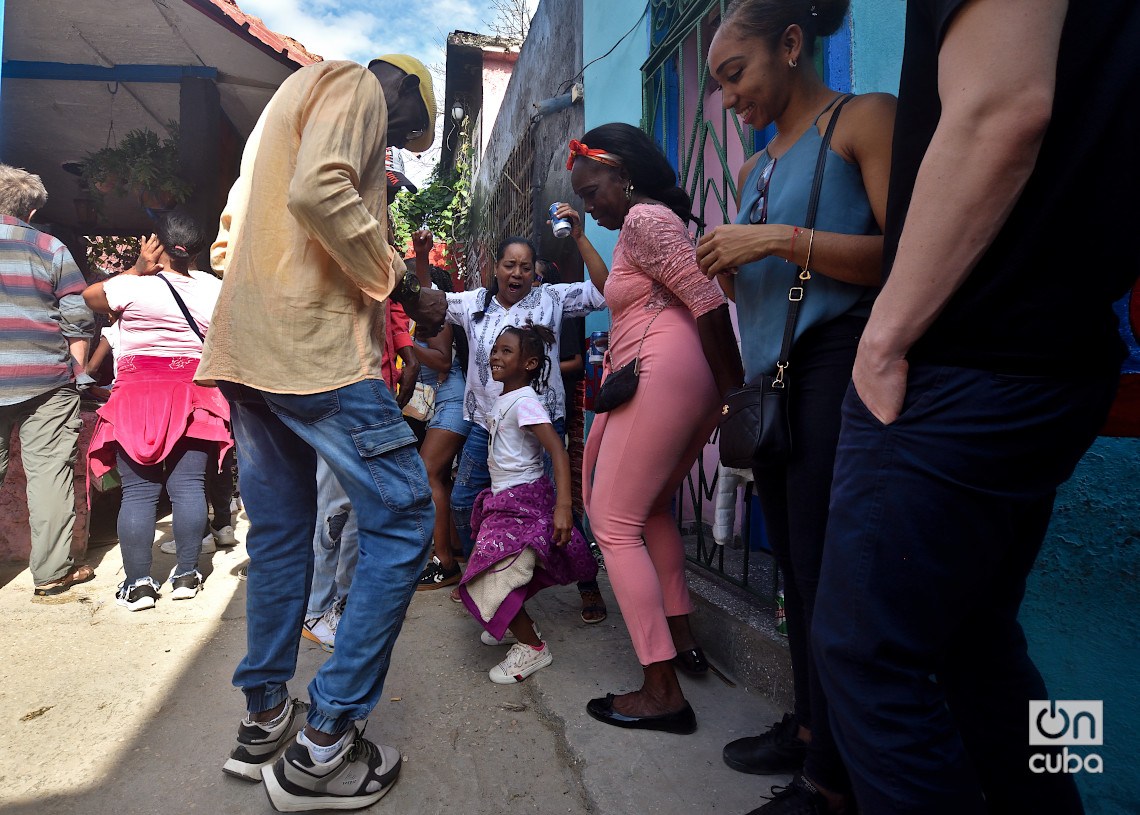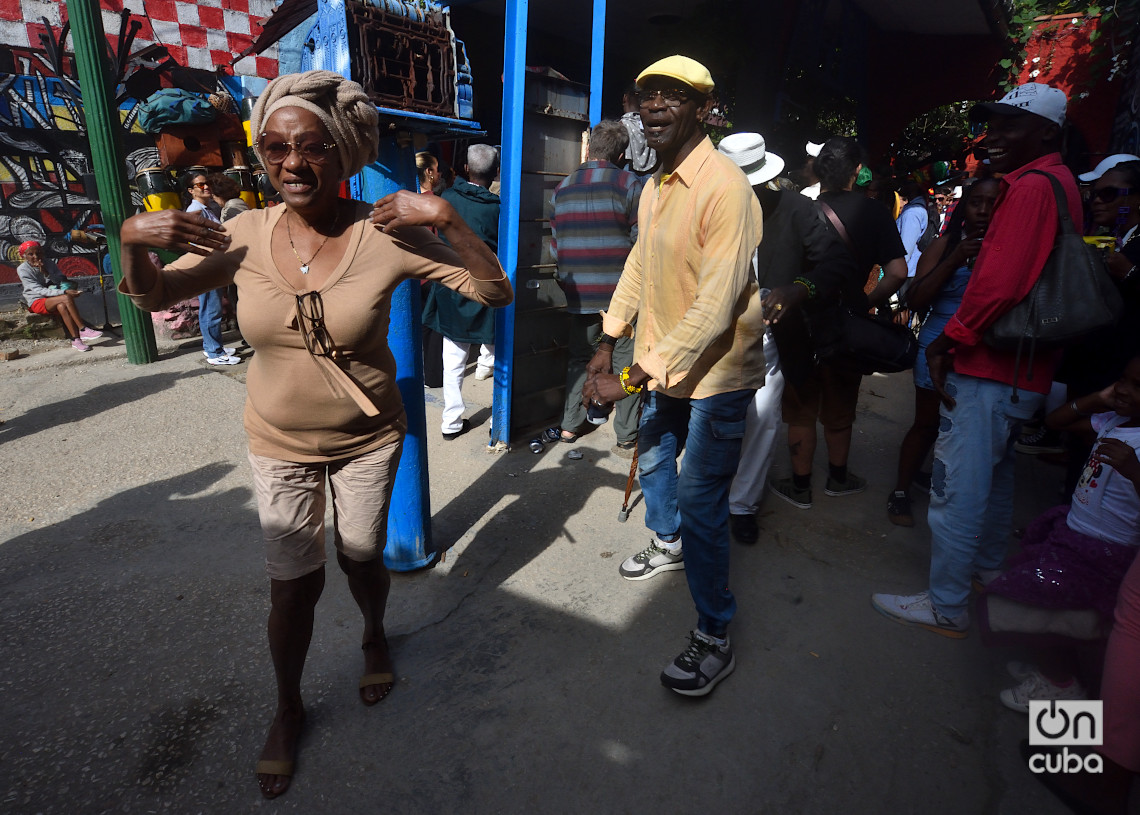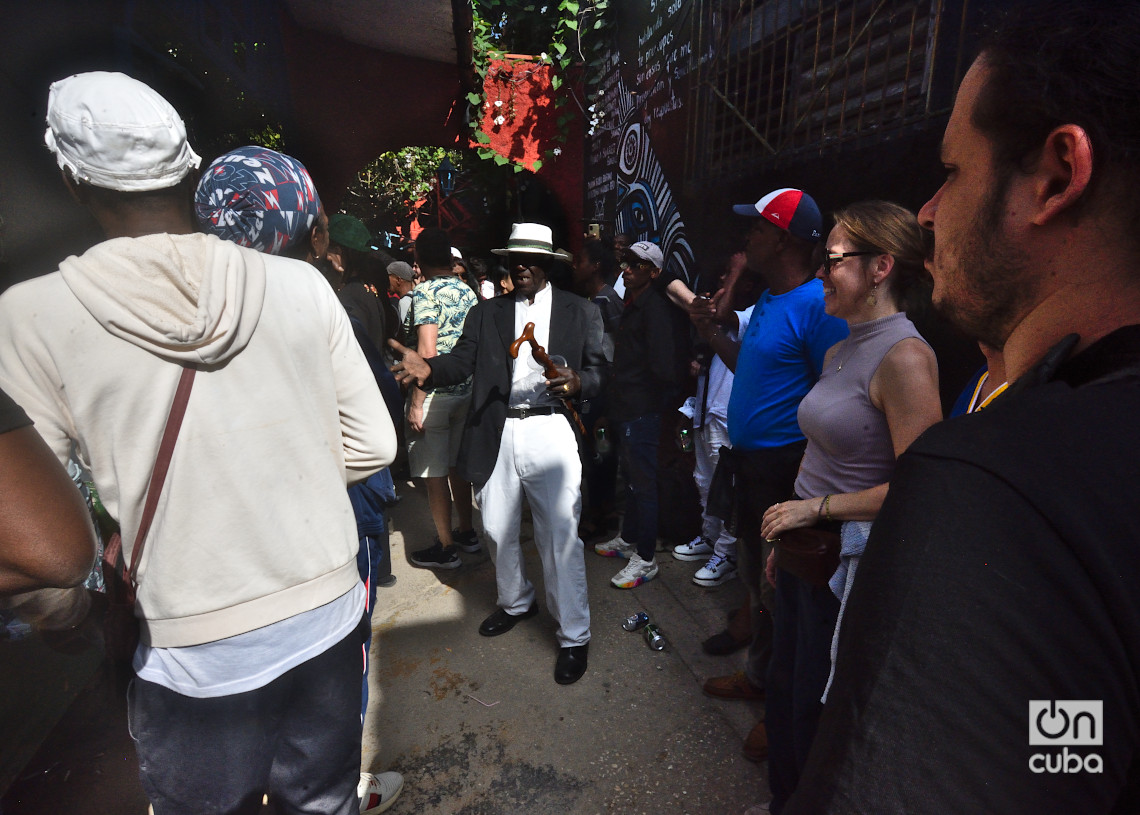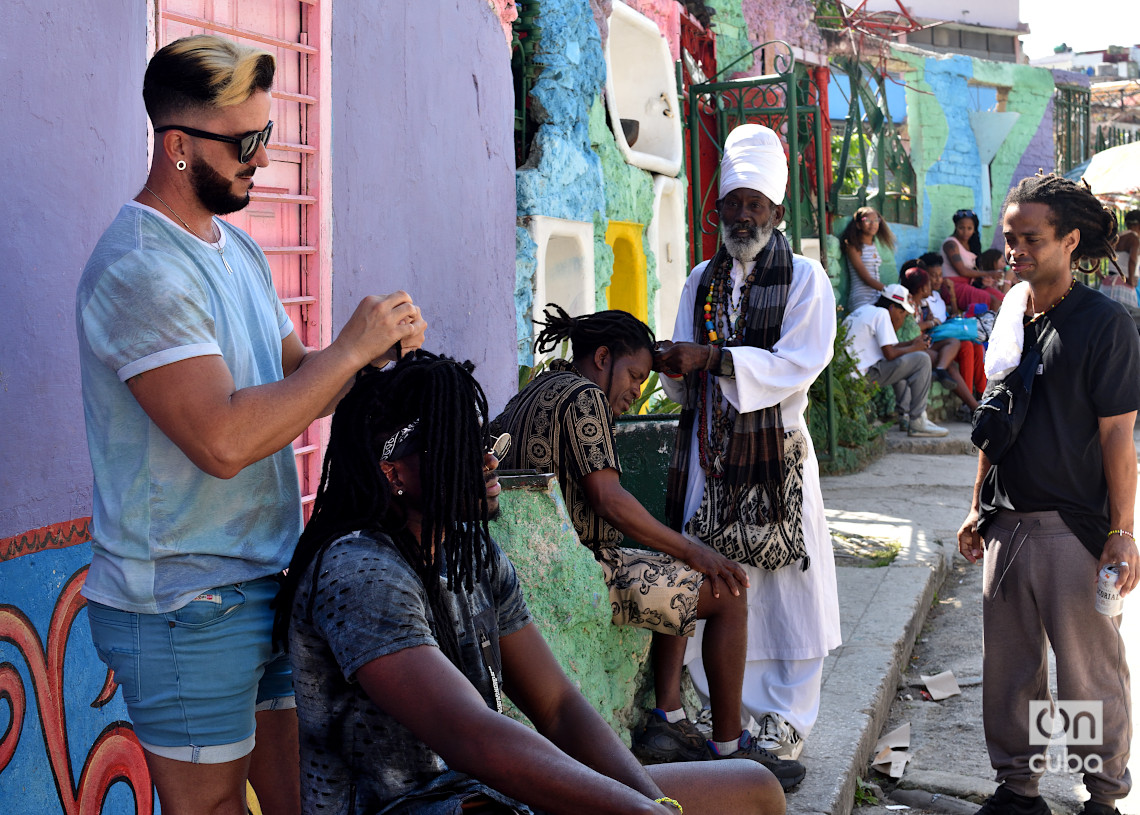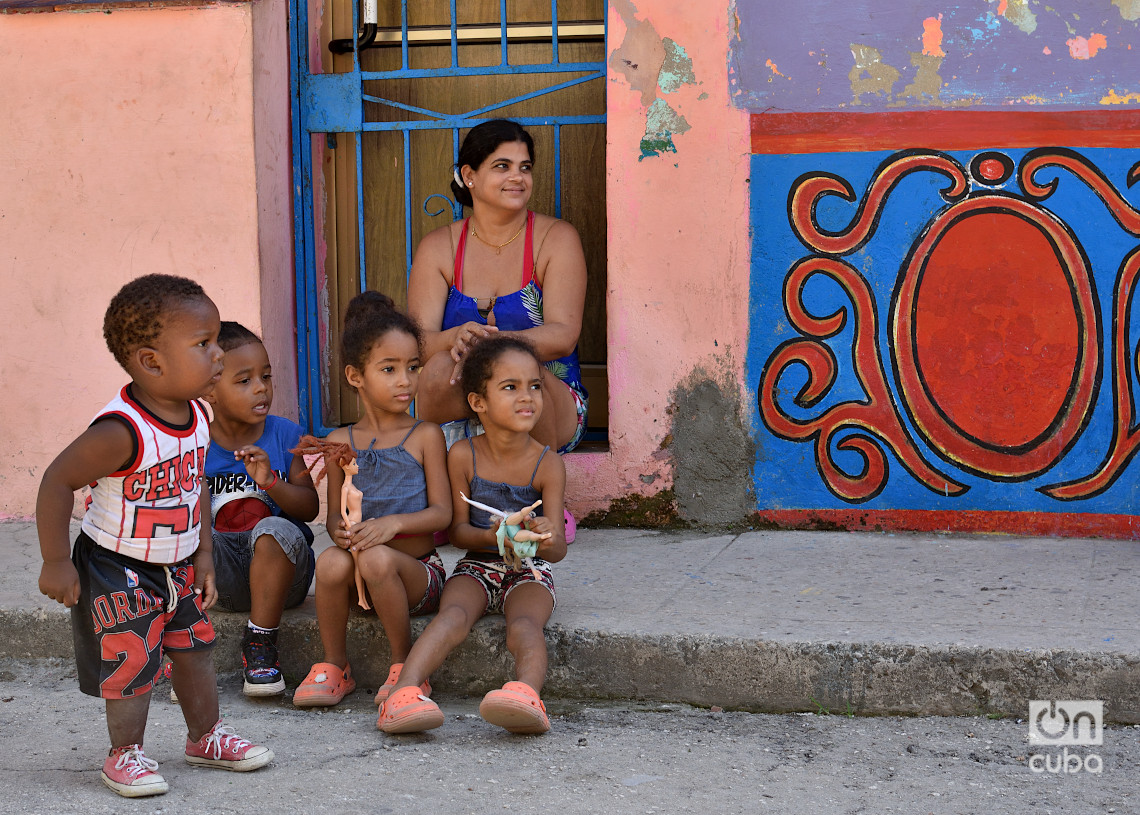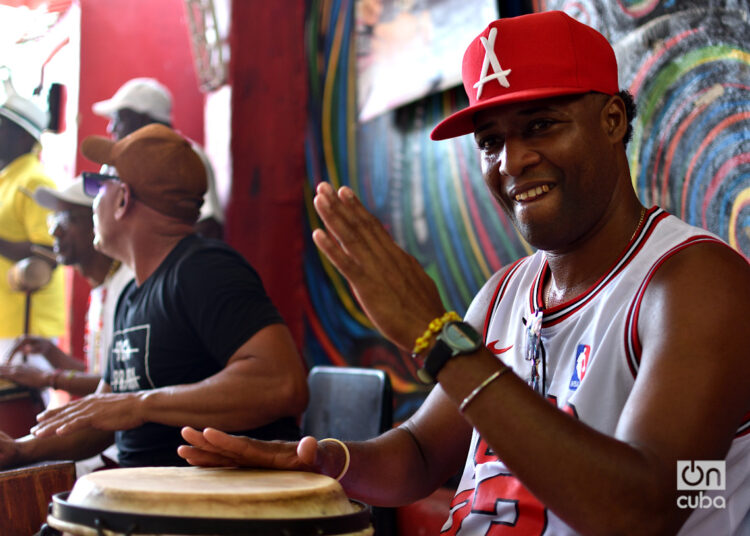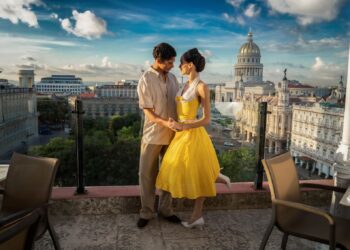It’s been almost four years since Salvador Rodríguez, the founder of the artistic and community project Callejón de Hamel, died. His death was a hard blow to an initiative with more than three decades of deep roots and to the Havana neighborhood in which it is based.
After this time, Cuba is not the same either. The traces of the pandemic, the redoubled economic crisis, the wave of migration, the endless blackouts, and the drop in tourism have blurred what the country was years ago. But the Callejón maintains its work and its mysticism.
In Centro Habana, in the popular Cayo Hueso neighborhood, Callejón de Hamel resists the attacks and paradoxes of time. The project, its people, refuse to surrender their essence and purposes, refuse to stop being.
With the example and spirit of Salvador, a self-taught painter and sculptor who started it around 1990, this small alley located very close to the busy San Lázaro Street — and whose name recalls U.S. businessman Fernando Belleau Hamel — continues to be a sanctuary of Afro-Cuban culture in the city of Havana. And rumba is the pillar of its soundtrack.
An open-air gallery, a space for creation and exchange, a reservoir of culture and popular wisdom. All of this and much more is the Callejón de Hamel, a site also marked on tourist maps, a recurring attraction with its own halo and history that attracts people from all over the world, even in the midst of the decline of a sector considered the driving force of the Cuban economy.
Tourists continue to go there because they want to or led by skilled guides who know the fascination it awakens in visitors, the charm of the place. In this enterprise, which is at the same time cultural resistance and a business, an exercise in survival and a proud display of the indigenous, the Sunday rumba parties are a special moment in the calendar.
The rumba unleashes Callejón de Hamel’s nature; it makes it flourish. It is the most popular and most enjoyable place, mixing ages and origins, making a European dance as well as a radiating neighbor from Cayo Hueso, veterans of the columbia and the yambú as well as children who feel the rhythmic jolt of the guaguancó in their bodies for the first time.
In the rumba, in its crowded gatherings, the Callejón de Hamel reaches its maximum expression. It manifests itself in all its splendor of music and colors, of enjoyment and humanity, despite crises and shortages, the inevitable passage of time. Today we bring you closer to this unique place in Havana, with its murals and sculptures, its music, and its people, through the photos of Otmaro Rodríguez.
